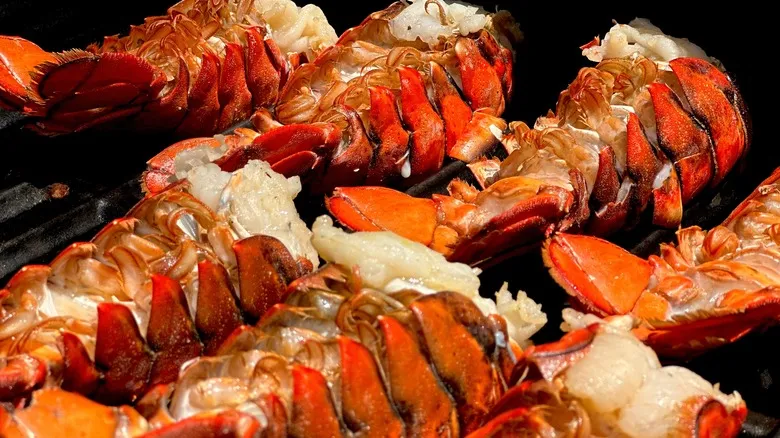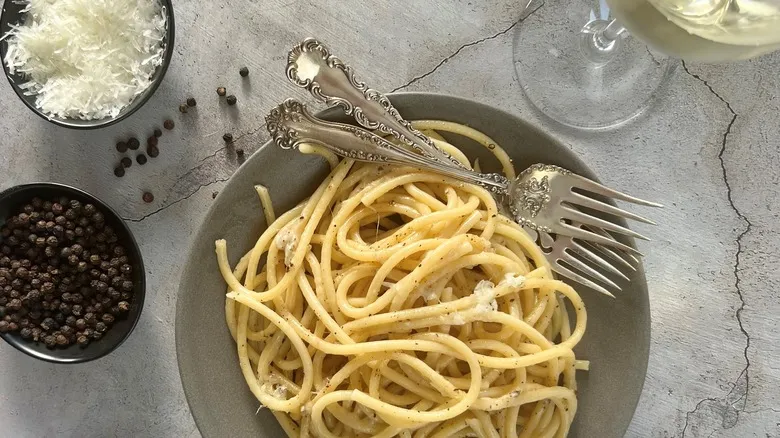Getting lobster tails ready to grill
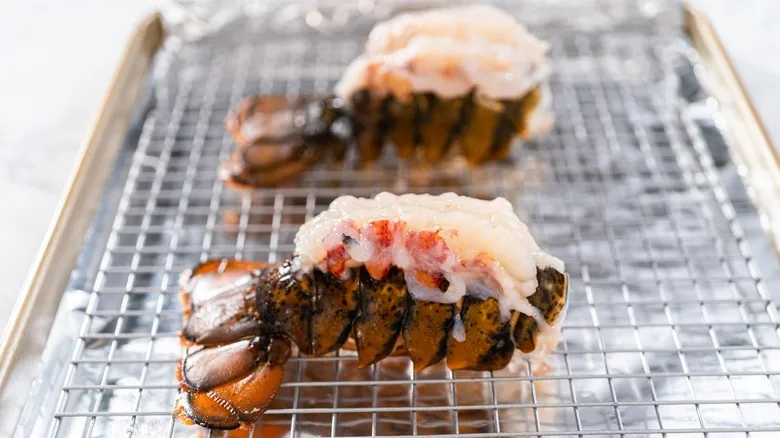
Both frozen and fresh lobster tails require some preparation before grilling. First, the tails should be rinsed to clean them. Next, the shells need to be split open to expose the meat inside, which also helps ensure even cooking since the shell can be quite thick.
A popular technique for splitting the shell is the butterfly method, which involves cutting the tail in half lengthwise. To do this, begin at the center of the top of the shell and slice down towards the tail. Kitchen shears can be very helpful for this task.
Once the shell is split, be sure to remove the central vein, known as the lobster's digestive tract. While this vein is safe to eat, it doesn't enhance the flavor of the tails and can have a grainy texture when chewed. You may also find roe on the top of the tail, which can be either discarded or enjoyed separately. Lastly, avoid the common mistake of throwing away the shells; instead, save them to make a delicious lobster stock.
Recommended

The Southwestern Meat That Some People Refer To As 'Desert Whitefish'

How Long Should You Smoke A Brisket Per Pound?
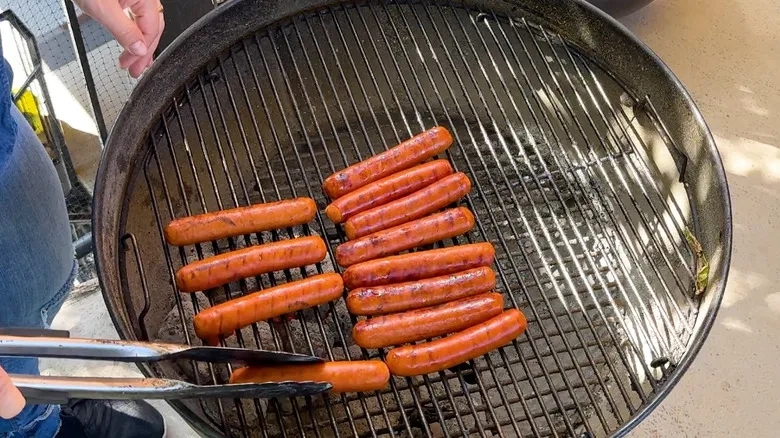
How To Grill Bratwurst - You're Doing It All Wrong
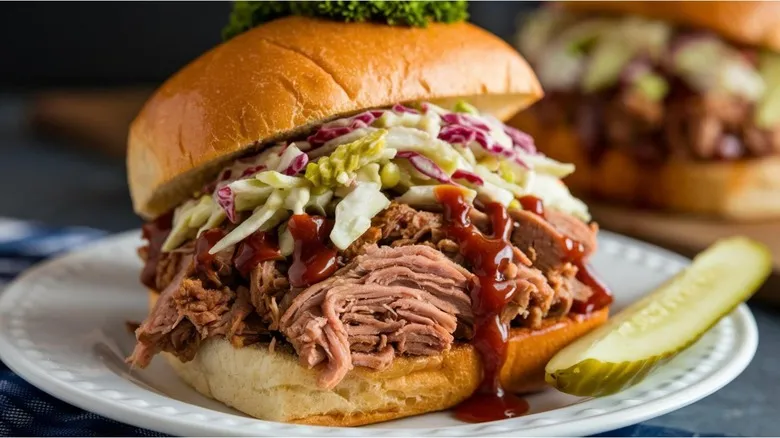
Why You Should Skip Toasting Your Buns For Pulled Pork Sandwiches
Next up

